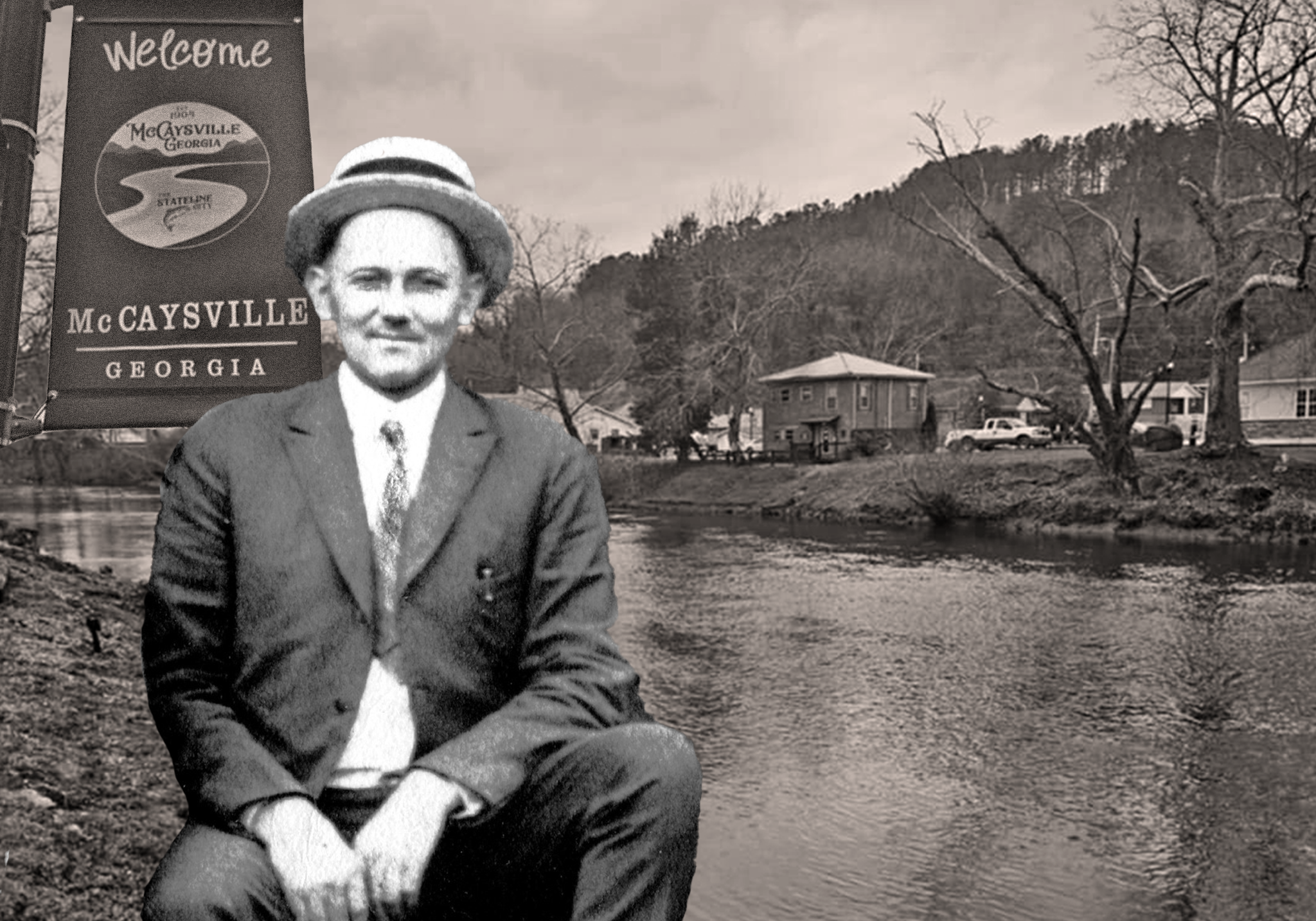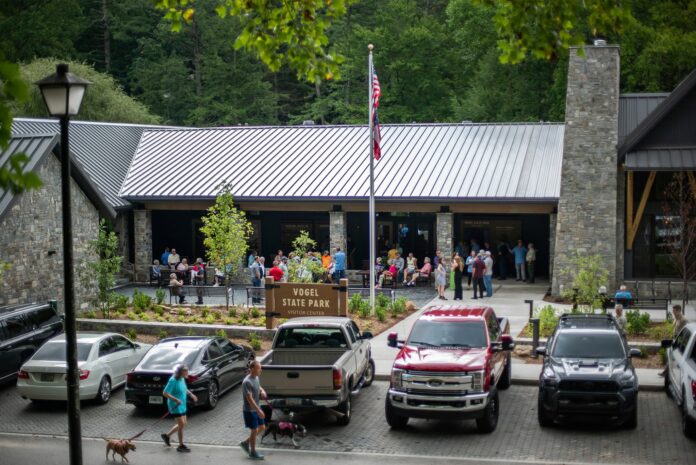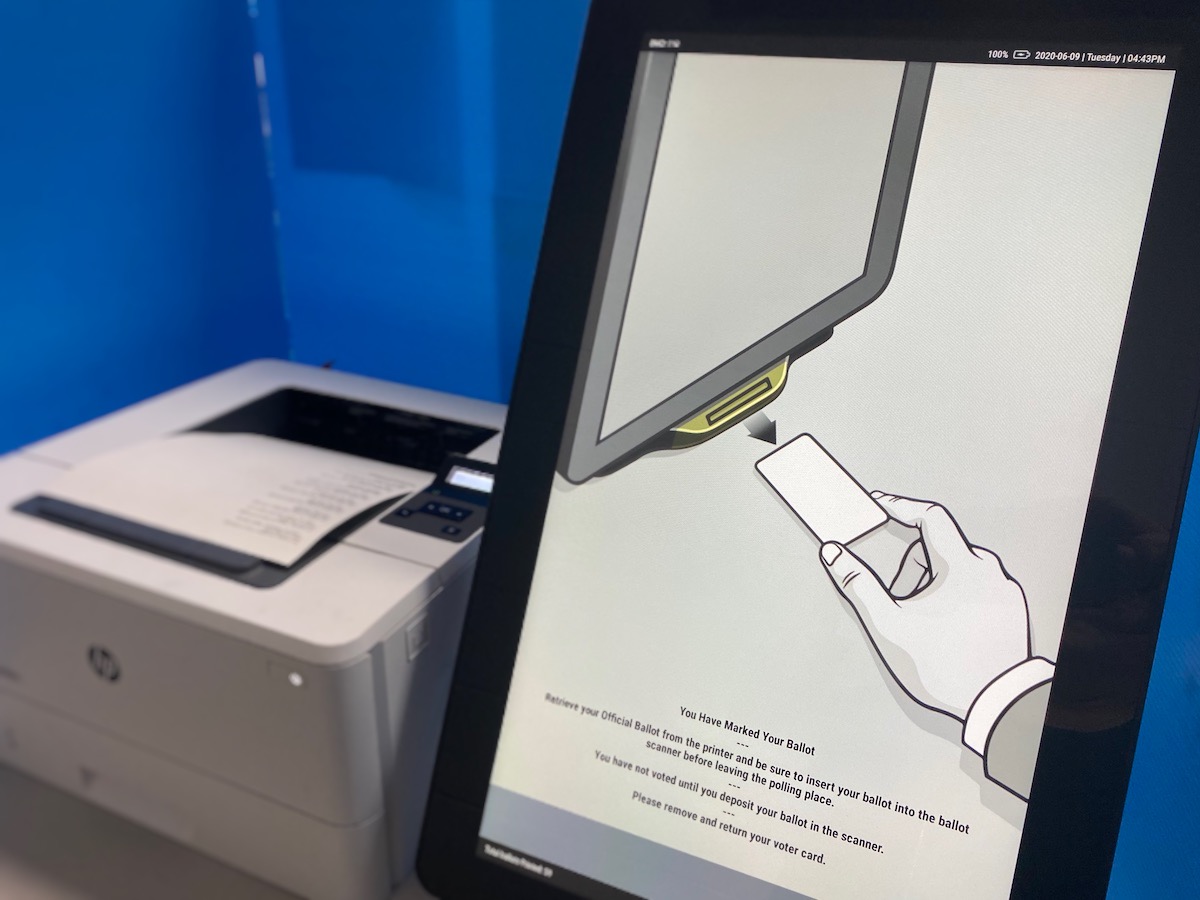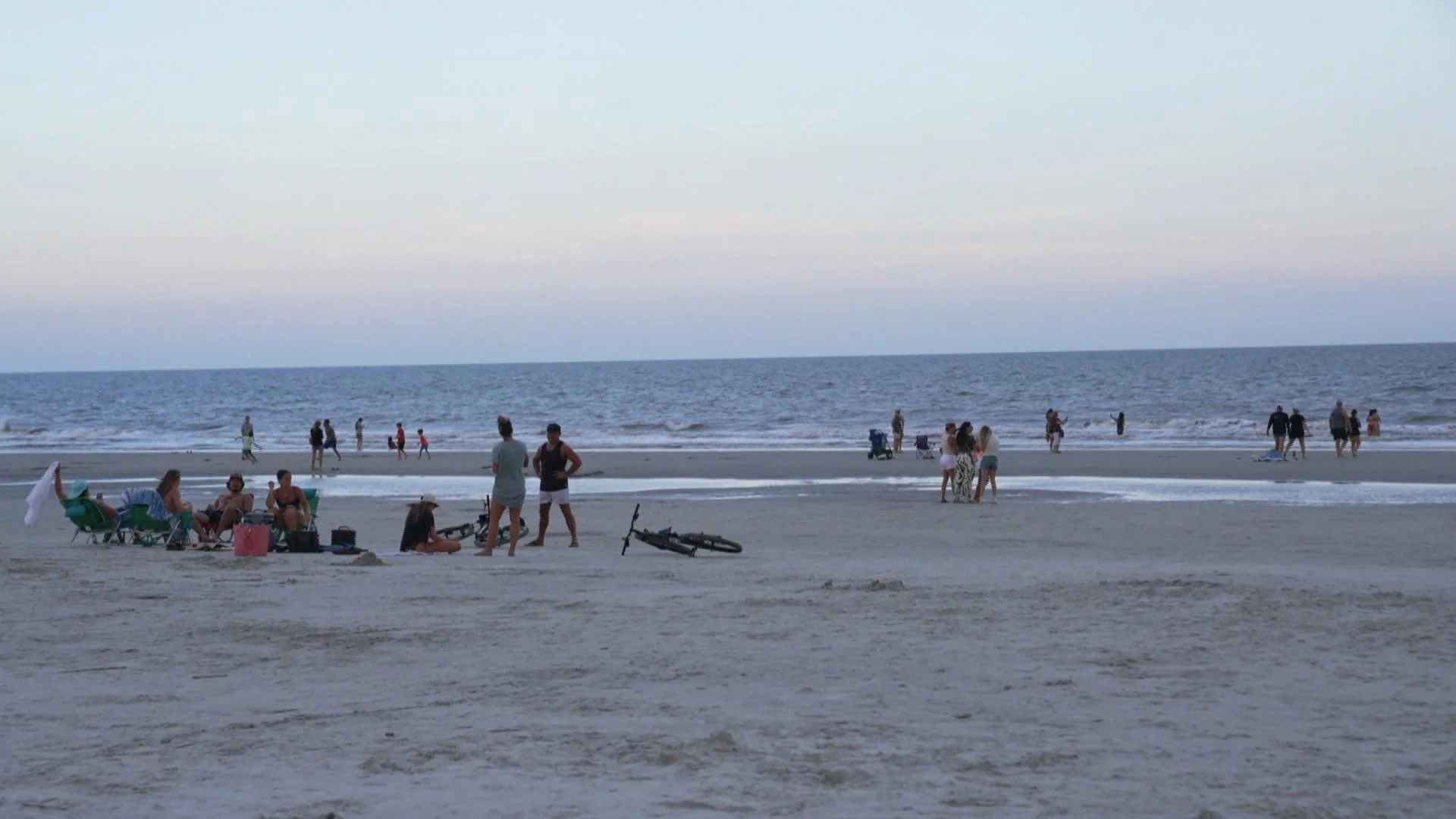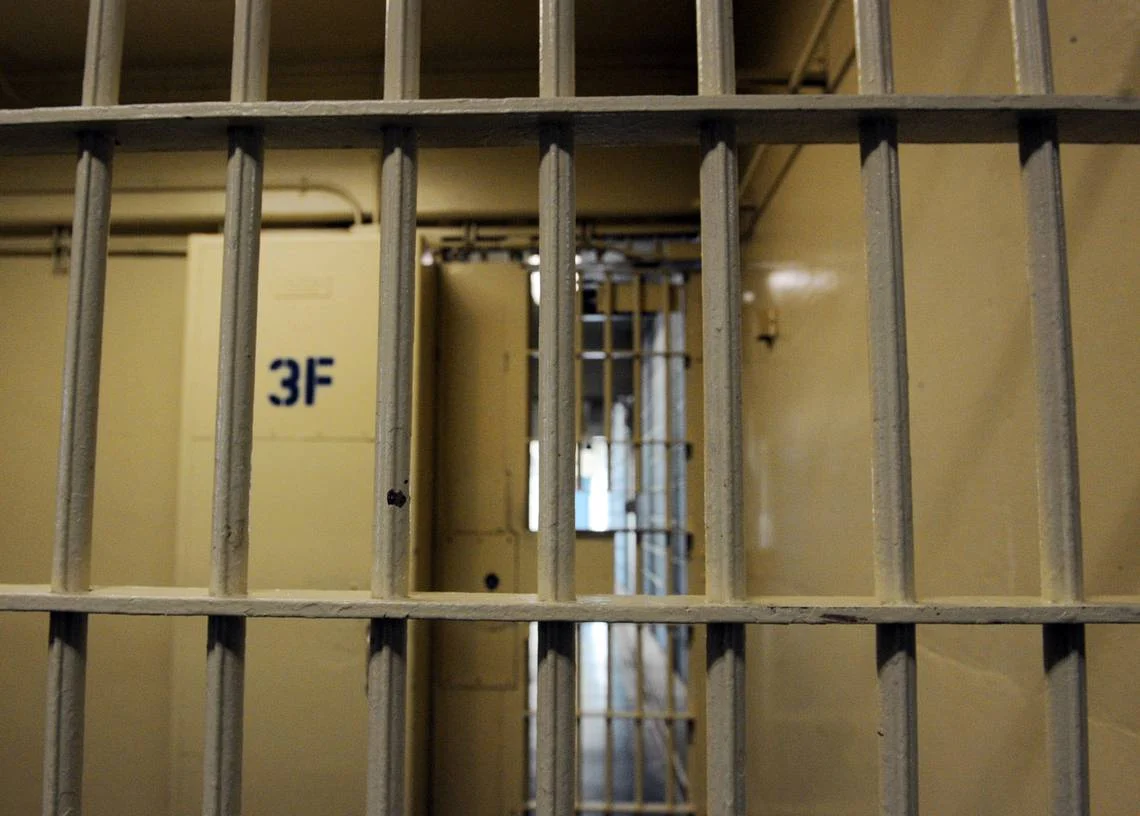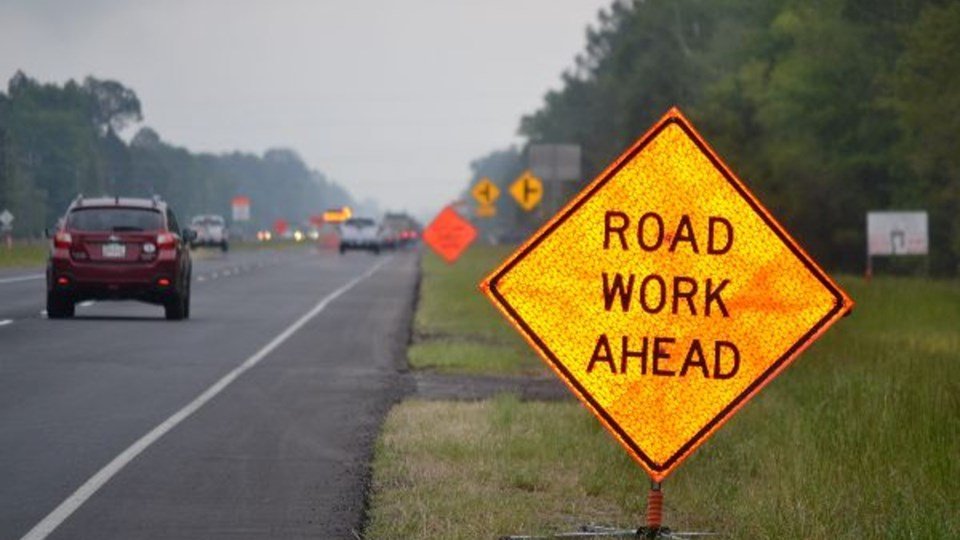The town of McCaysville, which is as gloomy and dark as the interior of a charcoal burner, is without sunlight today. As I pass a filthy, raging river, its waters roiling from constant rain, a gloomy tint permeates the scenery beneath the ominous awning of a cloudy sky.
An unsettling shiver runs down my spine and won’t go away until I’m four miles north of Blue Ridge on Highway 76. But it’s not the Faulkner-esque architecture that draws me to McCaysville; rather, it’s Dr. Thomas Hicks, not for surgery, but to understand and take in the spirit of the town and the location where a man is accused of stealing and selling up to 200 babies in secret.
I drove passed a desolate pizza place as I approached the town, hardly paying attention to its name because I was focused on getting where I was going. However, I pulled into a petrol station to look up information online after seeing that there was no dedicated marker or recognition of the scandal that has had a significant impact on the lives of so many people in the town and beyond. The fact that I had entered a dead zone did not surprise me.The Georgia town of McCaysville is traversed by the Toccoa River. The Cute North Georgian Magazine took the picture.
I finally made the decision to go into the convenience shop and ask the cashier. She surprised me by announcing that her father was one of Hicks’ purported babies before I could complete my question. She showed me his grave site with much enthusiasm and told me the location of his old clinic, which is now a pizza place on Toccoa Avenue.
A vain man s gravesite
I made the decision to go to the burial first, and I set out on a route that took me across a flimsy metal bridge, first following a river path that meandered before veering across the heavily forested slopes. Signs of economic suffering were evident along the road, and the city’s demographic data, which showed a median family income of only $30,078.00, further highlighted this fact.
The density of the trees and the tangible sense of hopelessness coming from houses so run-down that they seemed condemned grew as cold as the chill in my spine. Children played on broken trampolines amid trash-strewn lawns, a harsh reminder of the elusive concept of livable and the sacrifices people must make in order to exist.
However, there were areas of beauty that appeared in the midst of the emptiness. The region’s typical red clay and rough grey rock contrasted with verdant fields painted in pastel tones of green. Maples burned in blazing reds, and the landscape was dotted with clusters of daffodils, delicate sprays of common violets, and bright flashes of yellow wildflowers. All of this was framed by the magnificent Blue Ridge Mountains in the distance.
The cemetery where Dr. Thomas Hicks was buried in a flamboyant and elaborate mausoleum, however, was more beautiful than any scenery. In the peaceful and lovely surroundings, his final resting place was a dark stain that loomed like a horrible apparition. The door’s hefty chain and padlock are noteworthy; they evoke visions of a spectral Jacob Marley.
According to the gas station clerk, the chain was created by people who mistakenly believed it to be real, broke in, and tried to take the birth certificates that were said to be concealed inside. In Taken at Birth’s season 1 episode 2, Dr. Hicks’ adopted granddaughter started the process of exhuming her father’s body in an attempt to learn the truth about her parentage. But except from the documents encoded in his DNA, there was no other record in it. However, the program claimed that the DNA was adequate to answer a lot of the self-identifying Hicks Babies’ questions. There are still some who think that birth records are kept in the shadowy vault, notwithstanding this broadcast disclosure.
I hovered above Dr. Hicks’ tomb, examining the sturdy, smooth walls and the glass behind the doors. I thought about the individual who demanded a mausoleum in the middle of a garden full of simple headstones. In that lonely, haunting hill, in that lonely, haunting city, it was the only thing that could compete with the peaceful mountain view. For a man who ruled hundreds of people’s lives and futures at his discretion, plastic Walmart flowers were not enough. The chilly, ambient twilight environment of this weird border town surrounded me as I stood in this large area. It was raining steadily when I got to my car, zipping my coat.Georgia’s McCaysville is home to the Toccoa River. The Cute North Georgian Magazine took the picture.
Standing in the back alley
The rain had finally stopped by the time I returned to McCaysville’s city boundaries, and there was a sense of peace. While parking close to the downtown bridge, I observed a nearby police officer. Though there was no incoming traffic, I hesitated, considering the possibility of jaywalking. I decided to be safe and follow the traffic laws, so I headed for the bridge that over the swollen, winding Toccoa River.
The spring showers that are common in the area at this time of year have caused the river’s water level to climb significantly. I leaned over the bridge’s edge and looked down at the murky, dark waters. I had a flash of interest and pondered what was behind the surface. I couldn’t help but wonder if someone was observing me back as I stared into the swirling water.
After a few seconds of reflection, the rain’s steady reappearance accelerated my further research. As I hurried downtown, I walked past a window with a religious and political statement that the store owner was most concerned about. Then I noticed a window display with gaudy and hideous Easter bunnies, which would give kids nightmares yet appear to be the pride of old southern women everywhere.The location where Dr. Thomas Hicks used to be is now Kenny’s Pizza & Subs. The Cute North Georgian Magazine took the picture.
I stopped to take a picture of the Easter bunnies’ evil leers before moving on to the structure that used to be the Hicks Clinic. It was a modest, even anticlimactic, edifice. Only a small concrete building of no real consequence. Yet, it was within this faded, obscure establishment that over 200 babies were illegally sold.
Indeed, the documentary Taken from Birth alleges a disturbing practice wherein some babies were stolen from mothers who were falsely informed that their children had died at birth. Furthermore, there are credible assertions that labors were induced prematurely, not only to reduce Dr. Hicks commitment to the mothers, whom he kept in hotels but also to increase his supply of infants for adoption to willing parents.
As I gazed upon this nondescript building, I realized that I should not have been surprised by how ordinary it looked. Dr. Hicks started his career with illegal abortions, advertising them discreetly in phone booths and on benches. In the bustling railroad and steamboat town of McCaysville, the demand for secrecy and discretion was as prevalent as the transient population. Traveling salesmen, gamblers, and drifters would converge on the town for the night, only to vanish with the dawn. Like any railway town, McCaysville had its share of women, bars, and establishments catering to their needs. Among the prostitutes and saloon owners of the city, serving their needs was Dr. Hicks.The back alley where so many lives were altered now belongs to Kenny s Pizza & Subs. The Cute North Georgian Magazine took the picture.
However, his earnings from abortions were limited to a mere $100 per procedure, a considerable amount between the 1950s and 1964. Yet, recognizing the potential for greater profits, Dr. Hicks shifted his focus to organizing black market adoptions. Adoptive parents would enter through the front door empty-handed and leave through the back with a baby, typically significantly under the normal birth weight. A live baby fetched as much as $1,000, a substantial sum in any year. As per the revelations in Taken at Birth, birth mothers were omitted from the certificates and compensated a mere $20 for their troubles if they even knew about the transaction at all. This meant that, for the cost of a new dress, they were effectively severed from any possibility of reconnecting with their children in the future. To the doctor, this probably felt like a win-win-win.
I make my way to the back alley and pause near the door where countless lives were forever altered, and in many cases, tragically ended. It s known that many of the babies associated with Hicks were underweight and believed to be premature. In today s medical context, premature births often necessitate lengthy stays in the Neonatal Intensive Care Unit (NICU). However, these babies were swiftly transferred from doctor to adoptive parents within mere hours or days of being born. In the event of a medical emergency, one can t help but wonder: how could adoptive parents seek medical attention for their child when there was no record of them giving birth? I find myself pondering the grim reality that many graves may line the isolated roads of the Blue Ridge Mountains, all to fuel one man s insatiable greed and vanity. The thought of it sends a shiver down my spine, imagining the lives lost and the families torn apart, all for the sake of lining his own pockets and adorning the walls of his elaborate mausoleum.Downtown McCaysville, Georgia, which borders Copperhill, Tennessee. (Photo by The Cute North Georgian Magazine)
Remembering what others tried to forget
As I make my way back to my car, my mind is consumed with somber reflection, especially as the mother of a baby myself. I can t help but contemplate the cold, lonely town and the surrounding region that harbored such a supply of unwanted children to sell, as well as the poverty-stricken desperation of the women who felt compelled to relinquish their infants for a mere hotel room stay and a $20 bill. It s a haunting realization and one that fills me with a sense of despair and dread. The oppressive dampness of the mist clinging to my yellow rain jacket only adds to the eerie atmosphere, amplifying the horror of the secrets hidden within this community. As I drive away, I can t shake a lingering sense of unease the feeling that the ground beneath this town remembers what others have tried to forget.
Carly McCurry is the publisher ofThe Cute North Georgianmagazine. Her work appears on NowHabersham.com in partnership with Now Network News.
